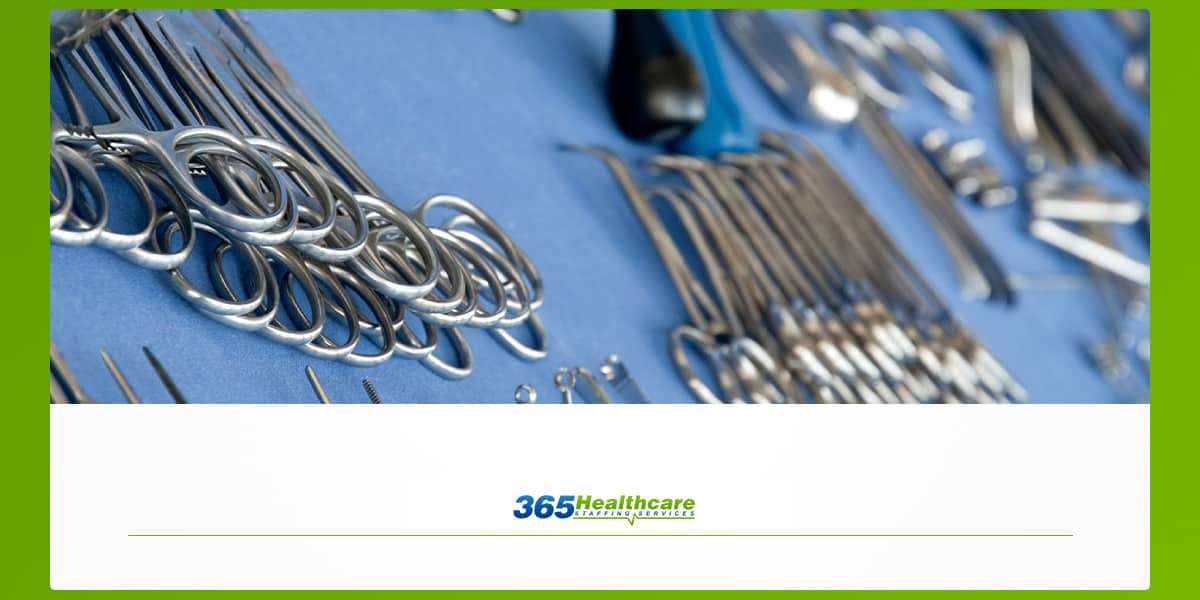As the term implies, low-temperature sterilization involves sterilizing without using high temperatures. The low temperatures are ambient or below those used for autoclave, chemical vapor, or dry-heat oven sterilization.
Why low-temperature sterilization?
If high-temperature sterilization works, why is a low-temperature method even necessary? Many components of today’s advanced surgical tools cannot tolerate the high heat of steam sterilizers. Modern technology has introduced innovative tools, including endoscopes, which help providers diagnose and treat patients. These and other tools cannot withstand the high temperatures associated with traditional sterilization methods. As a result, demand for low-temperature alternatives has driven manufacturers to create safer, faster low-temperature sterilizers.
With vaporized hydrogen peroxide
Hospitals and other healthcare environments need to have tools and instruments available, so low-temperature sterilization systems that get the job done quickly can be appealing. For example, the V-PRO ® maX Low Temperature Sterilization System website highlights its 35-minute Flexible Cycle option. The system uses vaporized hydrogen peroxide.
The 3MTM Steri-vacTM Sterilizer GS Series also makes use of vaporized hydrogen peroxide, along with ethylene oxide. What makes this combination appealing? The company touts its lower initial cost of capital, lower cost per cycle, and lower annual cost to run and maintain.
Alternatives to vaporized hydrogen peroxide
Some low-temperature sterilization methods make use of vaporized hydrogen peroxide, as noted above. Other methods make use of other technologies and materials to sterilize tools and instruments at low temperatures. For example, REVOX © PA ©, according to its manufacturer’s website, provides an alternative that’s just as strong.
Noxilizer makes use of nitrogen dioxide, another option for low-temperature sterilization. The company notes that nitrogen dioxide is effective against a wide range of microorganisms. The fact that some low-temperature sterilization methods use hydrogen peroxide and others use alternatives, such as nitrogen dioxide, means that hospitals and other healthcare providers have choices when it comes to low-temperature sterilization. This is important for helping them meet their particular sterilization needs.
Finding the right option
At 365 Healthcare Staffing Services, we recognize that it’s important to find the right sterilization methods. We know that it’s important to find the right employees, too, and that’s why we specialize in the recruitment and placement of healthcare professionals in per diem, travel, and permanent assignments in healthcare facilities across the country. We put you first, and we get results that last. Give us a call at 310.436.3650 today!


